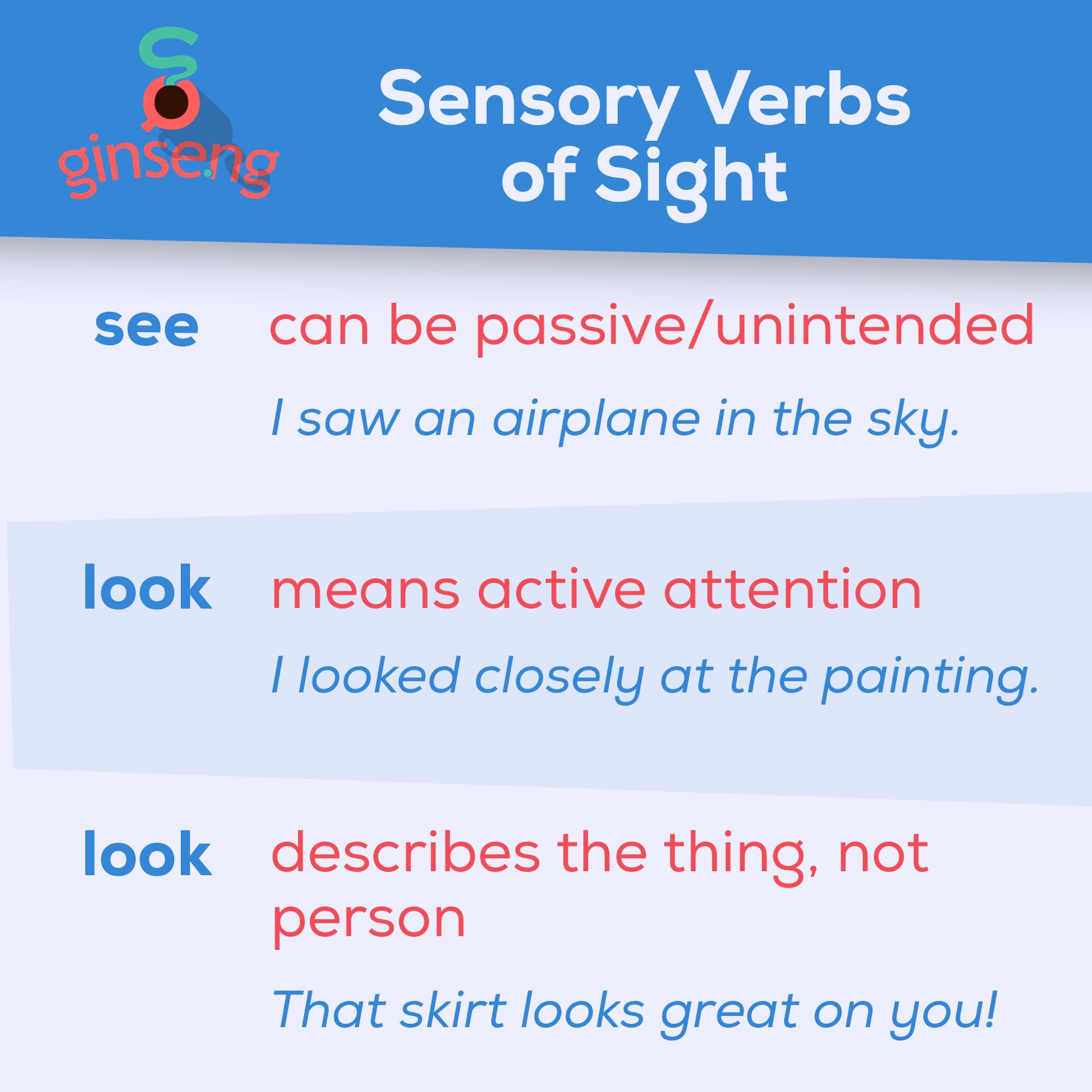The simple past (sometimes called the second verb form) is a very common verb form in English. Almost 20% of verbs in English are in this form. It is the second most common verb form, after the simple present.
Using the Simple Past
The simple past is used for actions that happened at a particular time in the past. They started and finished in the past. When you are telling a story about something that happened in the past, most main verbs will be in the simple past.
Chart for Simple Past Tense in English
The examples below illustrate the rules we generally follow when using this verb form
Examples
Here are some examples of regular verbs in the simple past:
Magellan landed in the Philippines in 1521.
Susan cooked us an amazing dinner last night!
I wanted a puppy when I was a child.
We needed lots of money to buy the new car.
England defeated Spain in the match last night.
Here are some examples of irregular verbs in the simple past:
Last night I saw a movie.
Back in June, I went to Paris.
I had a party last weekend. All my friends came.
We lost the match by three points.
I found my t-shirt under the bed.
Forming the Simple past Tense
Formula
Regular verbs take -ed to form the simple past tense.
subject + VERBed
In some cases, this requires doubling the last consonant in the word. Irregular verbs do not follow this pattern.
When you use this verb form, you almost always need to identify a specific time in the past when the action happened. Sometimes this tense is referred to as the second verb form.
Conjugation
The table below shows the complete conjugation of the verb work in the simple past:
| Singular | Plural | |||
|---|---|---|---|---|
| 1st person | I | worked. | we | worked. |
| 2nd person | you | worked. | you | worked. |
| 3rd person | he | worked. | they | worked. |
| she | worked. | |||
| it | works. | |||
Notes
Generally, when we use the past tense, it is important that the speaker and listener know the specific time. For example, just saying I went to the movies is unusual.
Other Forms
Negative Sentences
If the verb is a form of be, make a negative sentences in the simple past, by putting not after the verb.
That was not Rebecca.
She wasn’t at school on Tuesday.
We were not excited.
If the verb is not a form of be, put did not before the main verb to make a negative.
We did not feel hungry at dinnertime.
I didn’t go to school yesterday.
They did not want to come.
Questions
Exactly like the questions in the simple present, if the simple past verb is a form of be, move the verb to before the subject to form a question.
Was that girl Rebecca?
Was that pork?
Were they angry?
Where were you?
How was the pizza?
For other verbs, add did before the subject.
Did you like the movie?
Did Claire go home?
Where did you go?
What did you make for lunch?
Passive Voice
To form the passive voice in the simple past, use the verb be in the simple past (was or were) and then the perfect form of the main verb:
The factory was built in 1909.
A new island was discovered.
See our complete guide to the passive voice in English for more details and examples.
More free english resources






